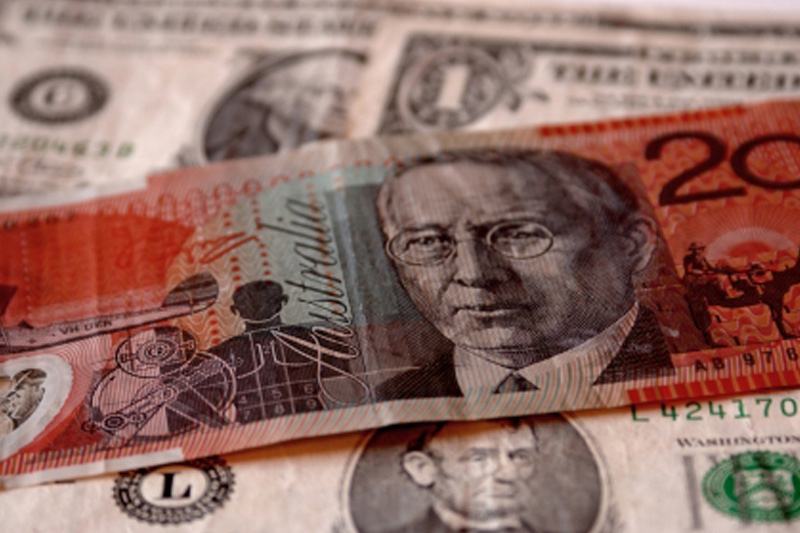Investing.com - The Australian dollar rallied 1% against its U.S. counterpart on Friday, after weaker than expected U.S. nonfarm payrolls data prompted some investors to argue that the Federal Reserve is likely to only hike rates once this year.
AUD/USD jumped 1% on Friday to end the week at 0.7418. For the week, the pair advanced 1.56%, the second straight weekly gain.
The Labor Department reported that the U.S. economy added 215,000 jobs last month, slightly lower than forecasts for an increase of 223,000, but still consistent with strong employment growth.
The unemployment rate remained unchanged at a seven-year low of 5.3%, in line with expectations.
Hourly earnings, a component of the jobs report that the Federal Reserve has said must rise, ticked up 0.2%, also matching forecasts after stalling in the previous month.
The data did little to alter expectations for a September rate increase by the Federal Reserve, but it tempered speculation for multiple rate hikes before the end of the year.
The U.S. dollar index, which measures the greenback’s strength against a trade-weighted basket of six major currencies, eased to 97.66, after touching three-month highs of 98.42 earlier. The index ended the week with gains of 0.18%.
The greenback has been boosted recently by expectations that the improving U.S. economy will prompt the Federal Reserve to raise short term interest rates as early as September.
Earlier Friday, the Reserve Bank of Australia said in its monetary policy statement that the economy could grow an additional 0.5% to 1% during two years if the local dollar falls another 10% from its present level.
Separately, data showed that Australia's home loans rose 4.4% in June, disappointing expectations for an increase of 5.0%.
On Thursday, data showed that the number of employed people in Australia rose by 38,500 in July, beating expectations for an increase of 10,000, while the unemployment rate ticked up to 6.3% from 6.1% in June. Analysts had expected an unemployment rate of 6.0% in July.
On Tuesday, the RBA left its benchmark interest rate at 2.00%, in line with expectations. Commenting on the decision, the central bank said that monetary policy needs to be accommodative and that low interest rates are currently acting to support borrowing and spending.
In the week ahead, investors will be looking to Thursday’s U.S. retail sales data for a further indication on the durability of the economic recovery. Speeches by Fed officials on Monday will also be in focus.
Traders are also awaiting a raft of Chinese economic data in the coming week, including reports on industrial production, fixed asset investment and retail sales.
Ahead of the coming week, Investing.com has compiled a list of these and other significant events likely to affect the markets.
Monday, August 10
Federal Reserve Governor Stanley Fischer and Atlanta Fed President Dennis Lockhart are to speak; their comments will be closely watched.
Tuesday, August 11
Australia is to release private sector data on business confidence.
The U.S. is to release preliminary data on unit labor costs.
Wednesday, August 12
Australia is to release figures on labor costs and a report on consumer sentiment.
China is to publish data on industrial production and fixed asset investment.
Thursday, August 13
The U.S. is to produce data on retail sales, initial jobless claims and import prices.
Friday, August 14
The U.S. is to release data on producer prices, industrial production and consumer sentiment to round up the week.
